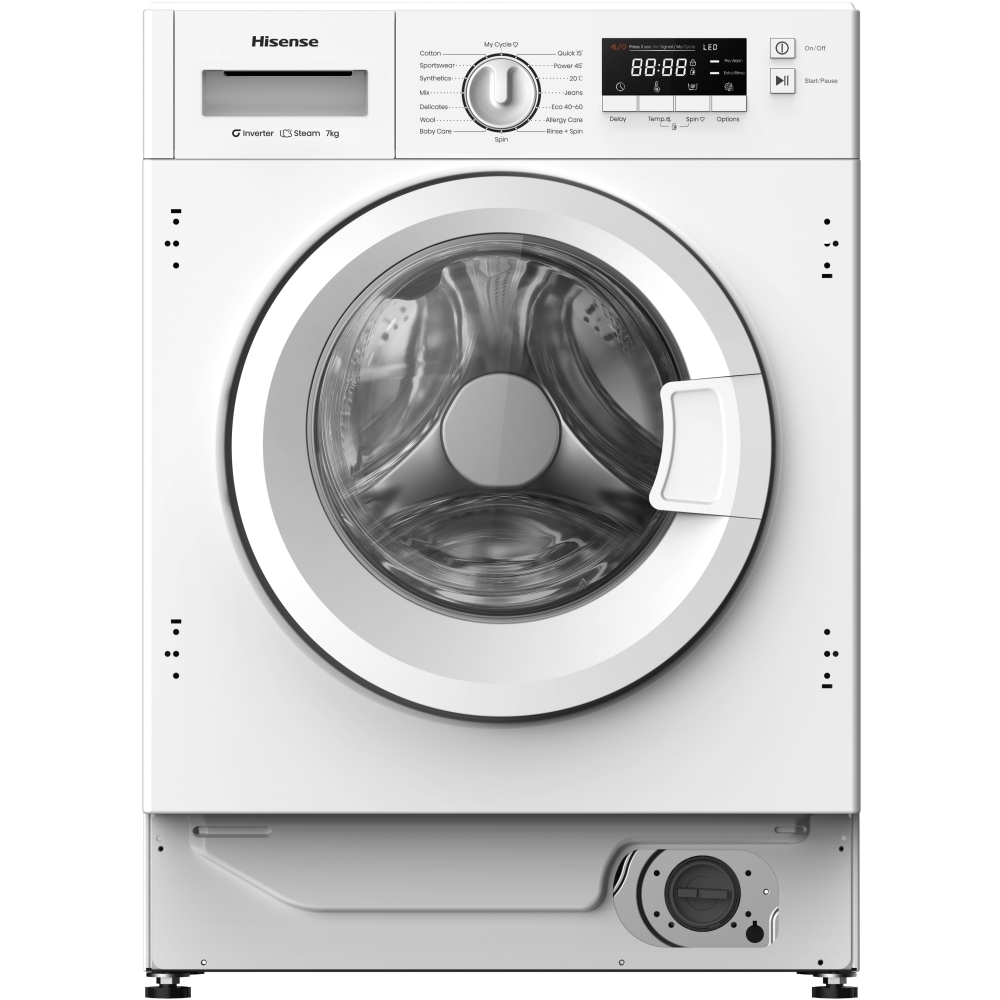It can be frustrating when your washing machine refuses to spin. This problem not only delays laundry tasks but can also lead to damp clothes that are difficult to manage. Understanding common reasons why a washing machine will not spin is essential for troubleshooting and quick solutions. This article will outline frequent causes, along with easy solutions to get your washing machine back in working order.
Common Reasons for a Washing Machine Not Spinning
Imbalanced Loads
One of the most frequent reasons for a washing machine will not spin is an imbalanced load. When clothes are distributed unevenly in the drum, it causes the machine to become off-balance. As a safety feature, many modern washers will halt the spin cycle to prevent damage to the machine and the clothes inside.
To check for an imbalanced load, open the washer door and redistribute the clothes. Heavy items like towels and blankets often cause imbalance, especially when bunched up on one side of the drum. After redistributing, run the spin cycle again to see if this resolves the issue. Ensuring balanced loads is essential for optimal washing machine performance.
Clogged Drain or Pump
A clogged drain or pump can also prevent a washing machine from spinning properly. If water is unable to drain effectively, the machine will automatically stop the spin cycle. This issue can arise from items like lint, small articles of clothing, or debris obstructing the drain hose or pump.
To address this problem, inspect the drain filter and hose for blockages. Most washers have a filter located at the front or back that can be easily accessed and cleaned. If you find debris, remove it and clear any clogs you may see in the hose. After cleaning, run the machine again to check if it spins as it should.
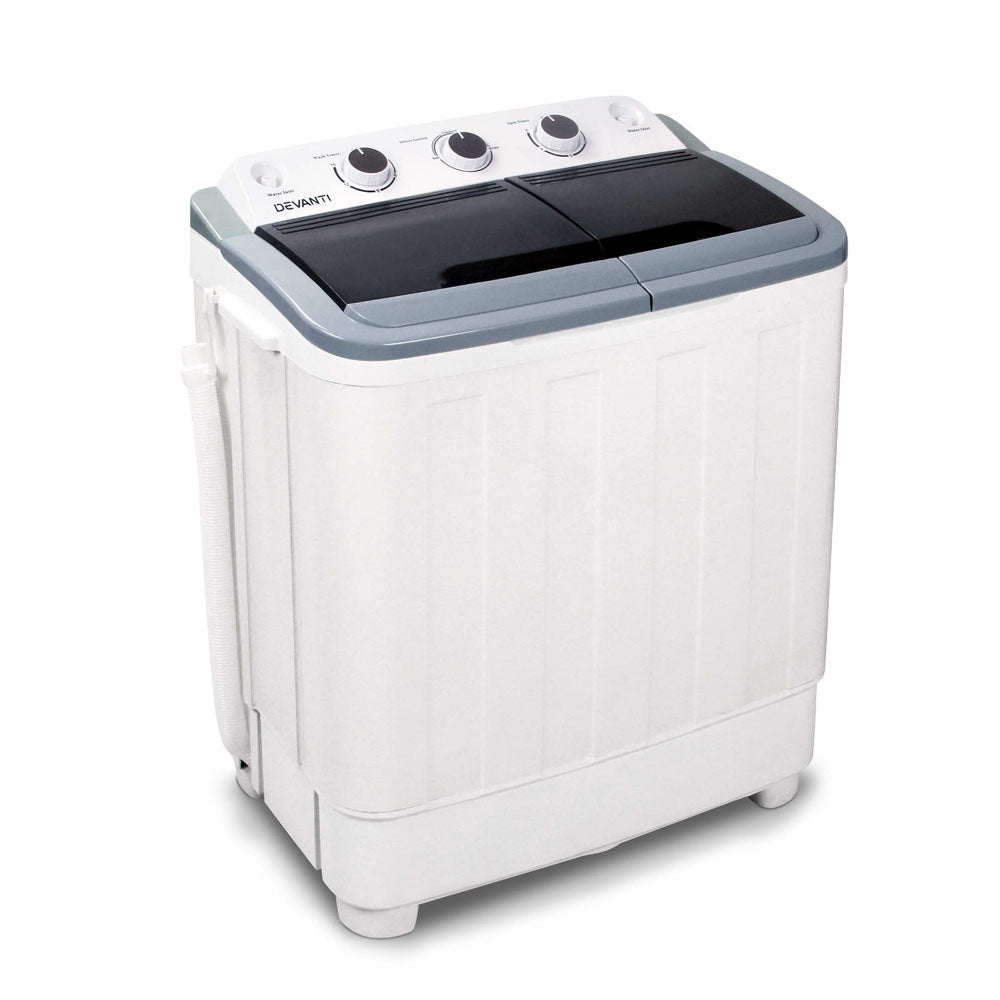
Mechanical Problems to Consider
Malfunctioning Lid Switch
The lid switch is a safety feature that prevents the washer from spinning when the lid is open. If this switch malfunctions, the machine may mistakenly think the lid is open even when it is closed, preventing the spin cycle. You can easily diagnose and resolve this common issue.
To check the lid switch, close the lid and listen for a clicking sound, which indicates the switch is engaging. If you don’t hear this sound, the switch may need to be replaced. Accessing the switch usually requires removing the top panel of the washer, so consulting the user manual can provide guidance on how to do this safely. If you are not comfortable with repairs, consider calling a professional technician.
Worn Out Drive Belt
The drive belt connects the motor to the drum, allowing it to spin. If the drive belt is worn out or broken, your washing machine will not spin efficiently. This issue often manifests in loud noises or slipping during the wash cycle.
To inspect the drive belt, unplug the machine and remove the back panel. Check for signs of wear, such as fraying or breaks in the belt. If you notice that the belt appears damaged, you will need to replace it. You can complete this repair at home or have a professional do it, depending on your comfort level with mechanical work.
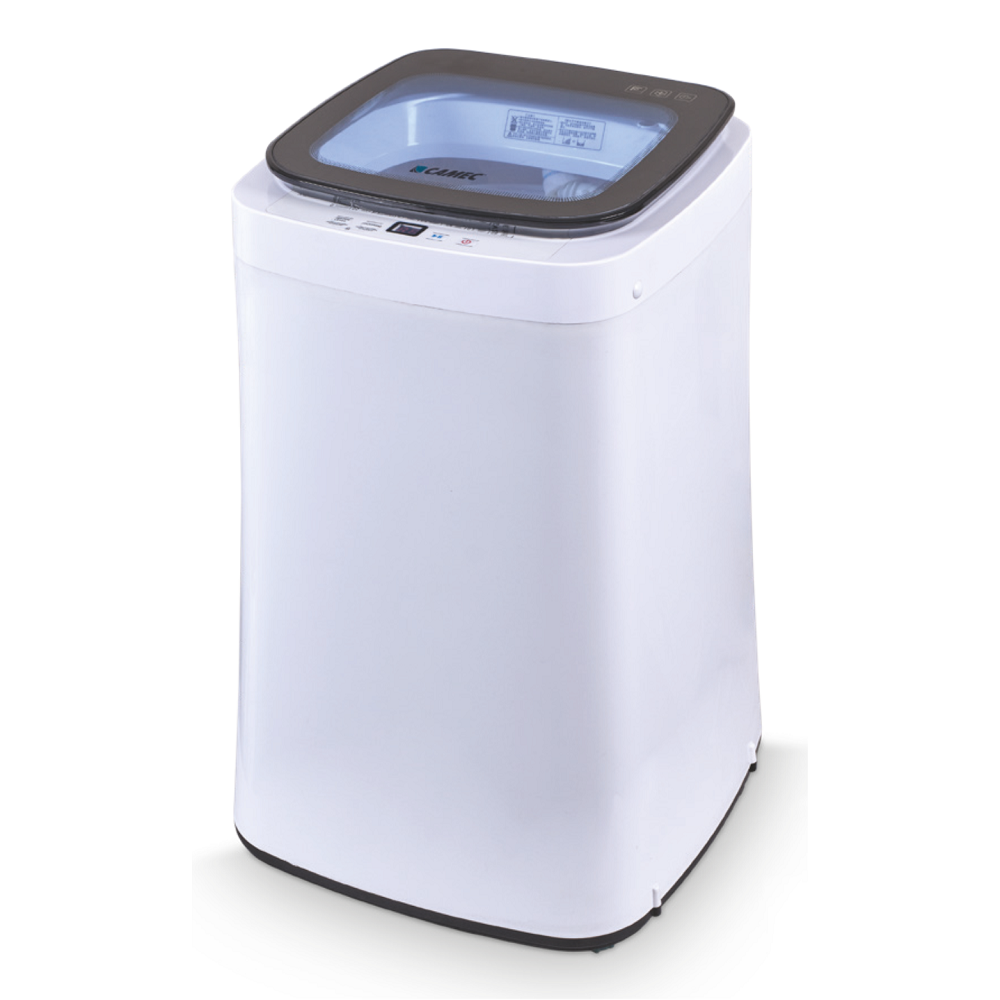
Electrical Issues and Their Impact
Faulty Motor Coupling
The motor coupling connects the washer’s motor to the transmission. If this component becomes worn or damaged, it may prevent the washer from spinning effectively. Symptoms of a problematic motor coupling include a washer that doesn’t spin or a buzzing sound coming from the machine.
Inspecting the motor coupling typically involves removing the washer’s cabinet. If you notice that the coupling appears cracked or worn, you should replace it. This part is relatively inexpensive and can typically be found at most appliance repair stores. However, if you are not confident in making this repair, a professional technician can assist you.
Control Board Malfunctions
The control board, often called the electronic control module, is responsible for managing the washer’s functions. If the control board malfunctions, it may disrupt the spin cycle or prevent the machine from operating altogether. Signs of control board issues often include error codes or unresponsive settings.
Diagnosing control board problems can be challenging. If you suspect this is the issue, you may want to consult the user manual to see if there are steps for resetting the machine. If the problem persists, replacement of the control board may be necessary, and it’s advisable to seek help from a skilled technician who can ensure proper installation.
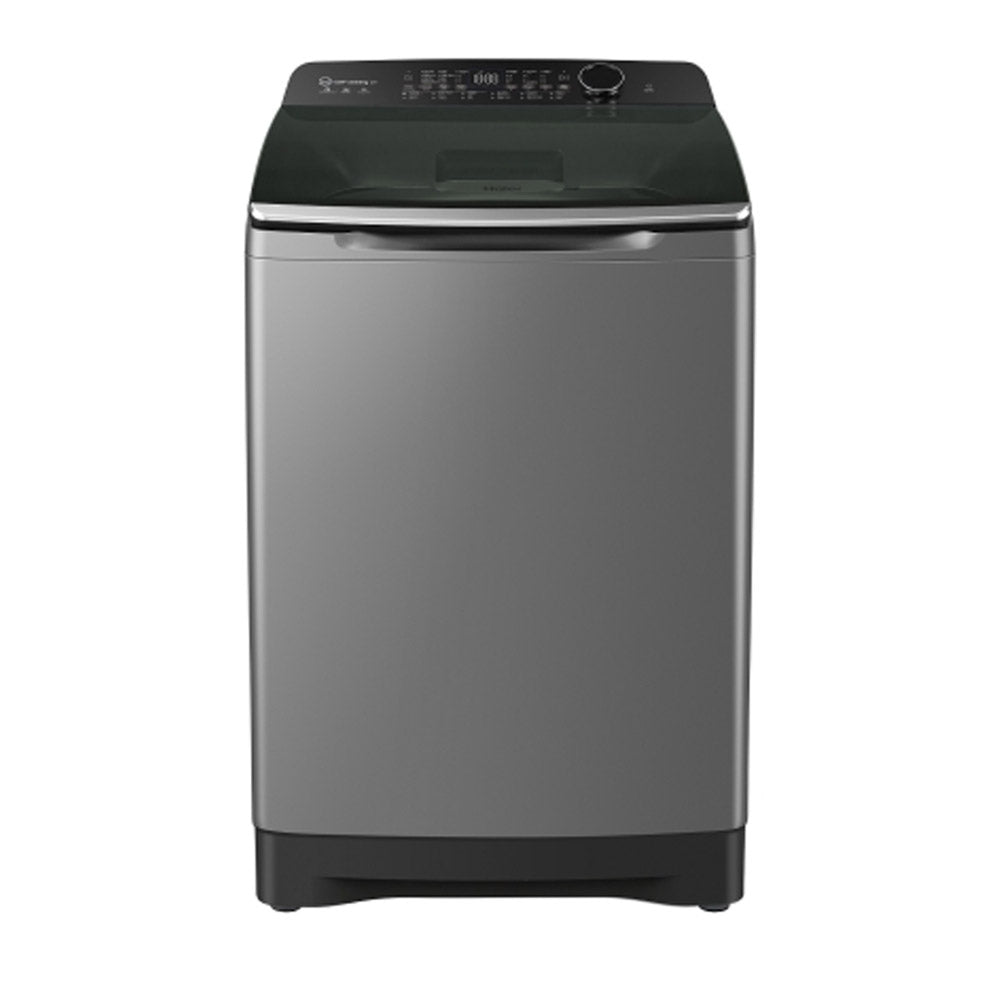
Steps to Troubleshoot
Initial Checks
Before diving into more complex solutions, perform a few initial checks. Ensure the washer is correctly plugged in and there are no issues with the power supply. If the circuit breaker has tripped, reset it.
Also, check the drain hose to ensure it’s not kinked or clogged. A blocked hose can prevent water from draining, stopping the spin cycle. By taking a few minutes to assess these basic issues, you can often identify a simple fix before needing further intervention.
Utilizing the User Manual
Every washing machine model has its quirks, and your user manual can be an invaluable resource. The manual usually includes troubleshooting guides and diagrams showing the locations of various components. Referring to it can help you diagnose issues specific to your make and model.
If you no longer have the physical manual, many manufacturers provide digital copies on their websites. This information can help you navigate the features of your machine and understand common issues. Familiarizing yourself with your washer can make addressing problems much more manageable.
Enlisting Professional Help
If you have followed all the troubleshooting steps and your washing machine still refuses to spin, it may be time to enlist professional help. An experienced appliance repair technician can diagnose the issue and perform repairs effectively.
Before calling for service, collect relevant information, such as the make and model of your washing machine, as well as any symptoms you’ve observed. This information will assist the technician in providing a more accurate assessment. Remember that professional repairs, while sometimes an added cost, can save you time and effort in the long run.
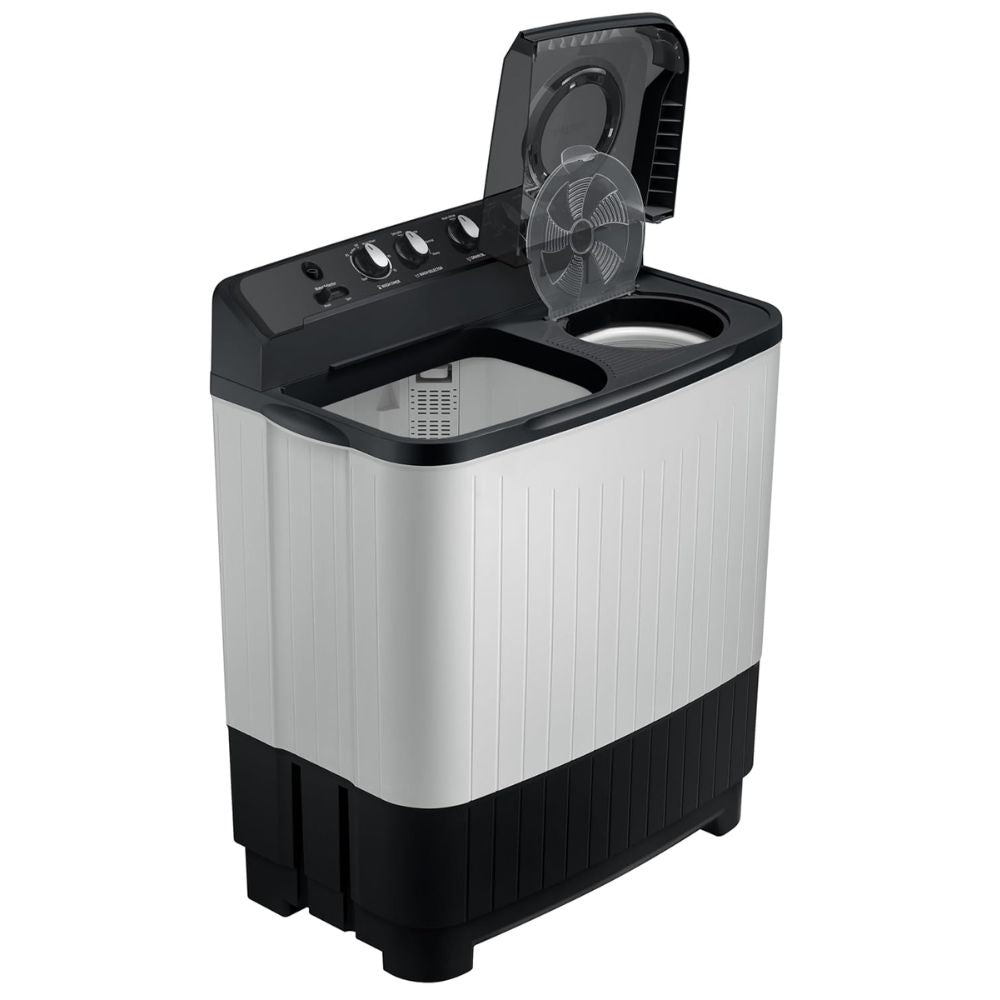
Preventive Maintenance Tips
Regular Cleaning
Preventive maintenance is key to prolonging the life of your washing machine. Regularly clean the lint traps, detergent dispensers, and other parts to avoid buildup and clogs. This ensures that your machine operates efficiently and reduces the risk of unexpected breakdowns.
Make it a routine to wipe down the exterior of the machine and keep the door and seals clean. This practice prevents mold and mildew growth, which can occur in damp areas or if water is accidentally left inside the drum. A clean washing machine not only performs better but also maintains a fresh smell.
Monitoring Wash Loads
One of the best ways to prevent issues is to monitor load sizes. Overloading the washing machine can lead to imbalance, strain components, and prevent the spin cycle from operating properly. Stick to the recommended load sizes indicated in your washer’s manual.
If you often find yourself washing large items like comforters or blankets, consider washing them separately. This reduces stress on the machine and increases the likelihood of a successful wash cycle. Keeping an eye on load sizes ensures your machine operates smoothly.
Following Detergent Guidelines
Using the correct type and amount of detergent is crucial for effective washing. Too much detergent can create excess suds, leading to poor drainage and preventing the spin cycle from engaging. Always follow the manufacturer’s guidelines for detergent to avoid such issues.
Using the wrong type of detergent can also create problems. Ensure you are using high-efficiency (HE) detergent if your machine requires it. Proper detergent usage not only enhances cleaning performance but also protects the washing machine from unnecessary strain.
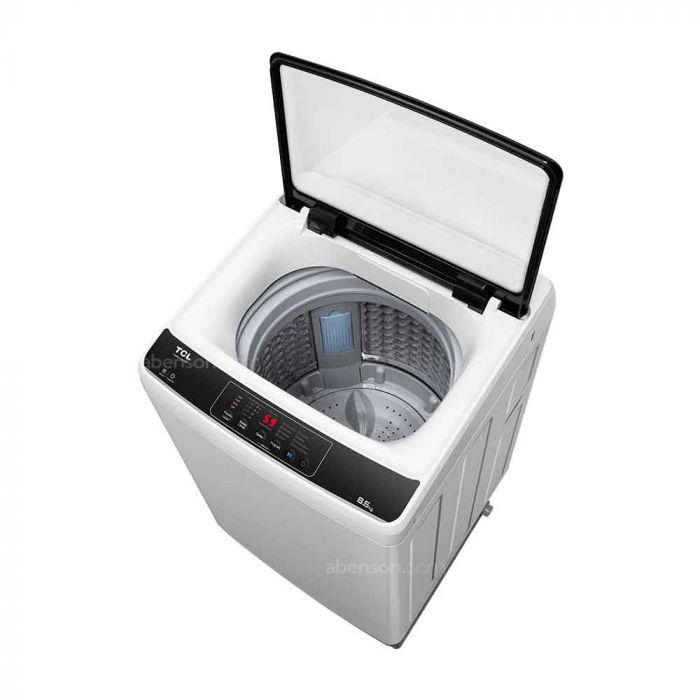
Conclusion
A washing machine will not spin that refuses to spin can frustrate you, especially when you have a pile of laundry waiting to be done. Understanding the common causes and issues that prevent your washing machine from spinning is essential for effective troubleshooting. You can take various steps to resolve the situation, from ensuring a balanced load to addressing mechanical problems.
Additionally, preventive maintenance plays a crucial role in ensuring your washing machine continues to function properly. Cleaning, monitoring load sizes, and using the correct detergent will contribute to the longevity of your appliance.
Overall, a little care and attention can go a long way in maintaining your washing machine. By employing these solutions and preventive measures, you can tackle the issue of a non-spinning washer and keep your laundry routine running smoothly. Remember to consult your user manual and consider professional assistance if challenges persist. With the right knowledge and approach, your washing machine will serve you well for years to come.

